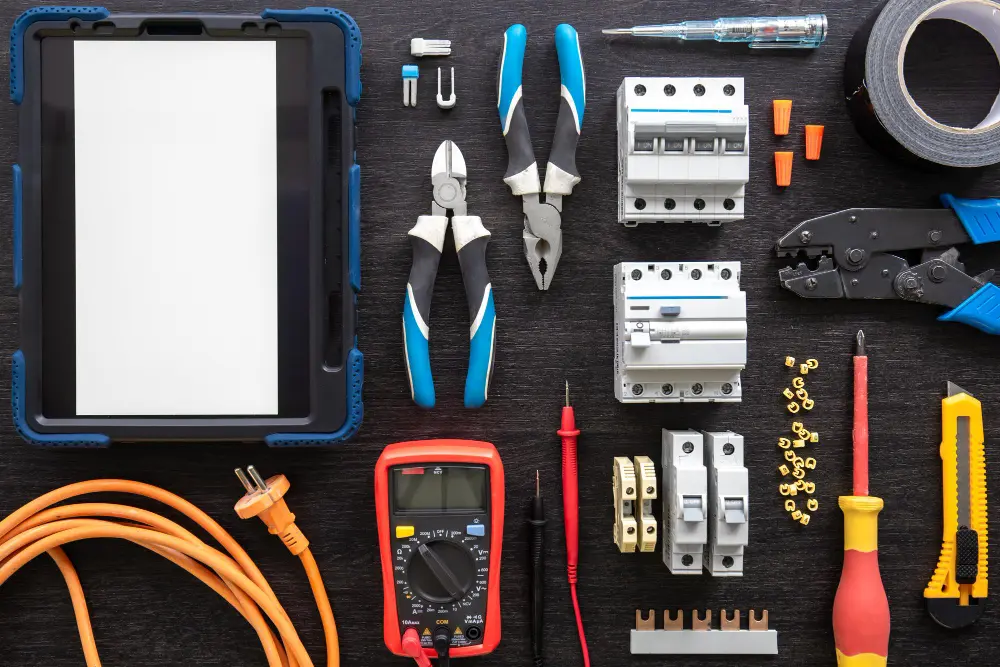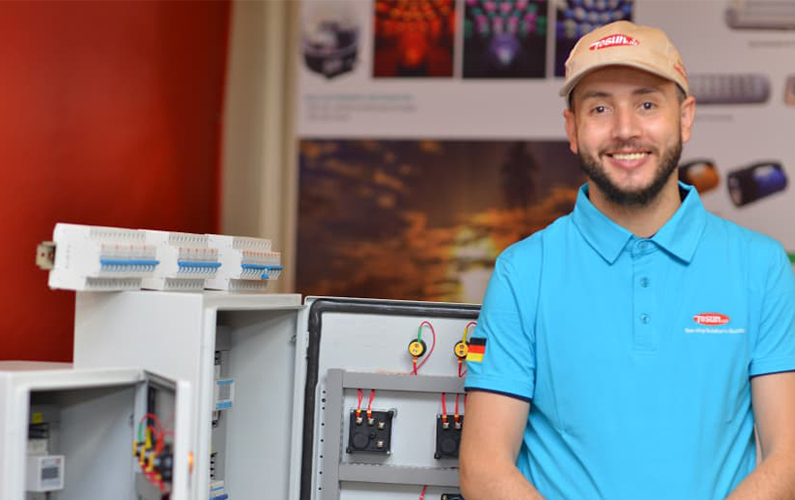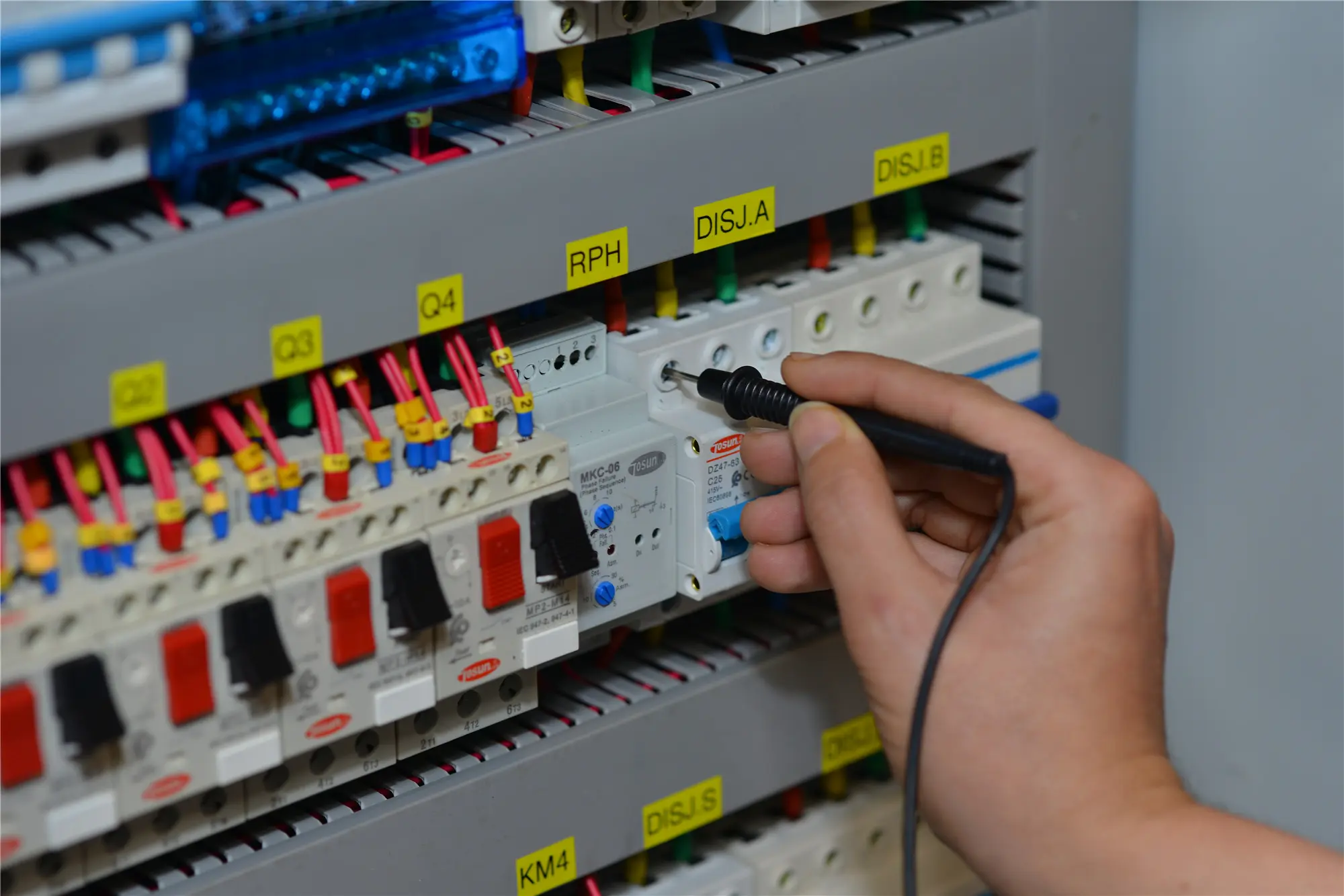Automatic Transfer Switch (ATS) Market Outlook and Adoption Trends
19th Déc 2025
The automation of power transfer systems is promising for facilities that cannot tolerate outages. According to Future Market Insights, the automatic transfer switch market share is expanding from USD 929.0 million in 2025 to USD 1,571.9 million by 2035 at a 5.4% CAGR, driven by increasing demand for uninterrupted power supply and technological advances in remote monitoring. Critical Infrastructure Requires Uninterrupted Power Mission-critical facilities face serious consequences when power fails. Here’s how ATS systems protect hospitals, data centers, and commercial buildings that depend on continuous electricity. Healthcare Applications An ATS switch monitors primary power continuously and initiates transfer to backup generators when it detects voltage loss. This eliminates manual intervention that could delay power restoration during emergencies. Healthcare facilities represent a substantial portion of adoption in essential services. Medical equipment like ventilators requires constant power to ensure patient safety, and emergency lighting depends on reliable backup that maintains safe conditions. Data Centers and Telecommunications Telecommunication networks and data centers must maintain connectivity during grid outages. Cellular towers support emergency services while communication hubs keep businesses operational. Data centers cannot tolerate downtime because their clients depend on continuous availability. Even brief interruptions disrupt cloud computing and financial transactions, which creates economic losses and damages reputation. The closed transition segment dominates because it maintains continuous power by briefly paralleling sources. This prevents even momentary interruptions that could damage sensitive electronics or corrupt data. Commercial Sector Drives Market Growth Commercial facilities recognize that power outages affect productivity and customer experience. Office complexes and shopping centers invest in reliability […]
En savoir plus : +86-139 0587 7291
: +86-139 0587 7291 Anglais
Anglais Espagnol
Espagnol Russe
Russe Français
Français العربية
العربية Portugais du Brésil
Portugais du Brésil Ukraïnské
Ukraïnské turc
turc Polonais
Polonais Néerlandais
Néerlandais Italien
Italien Indonésien
Indonésien shérif
shérif اردو
اردو አማርኛ
አማርኛ Հայերեն
Հայերեն ไทย
ไทย Mongol
Mongol فارسی
فارسی Shqip
Shqip Élagueur
Élagueur









